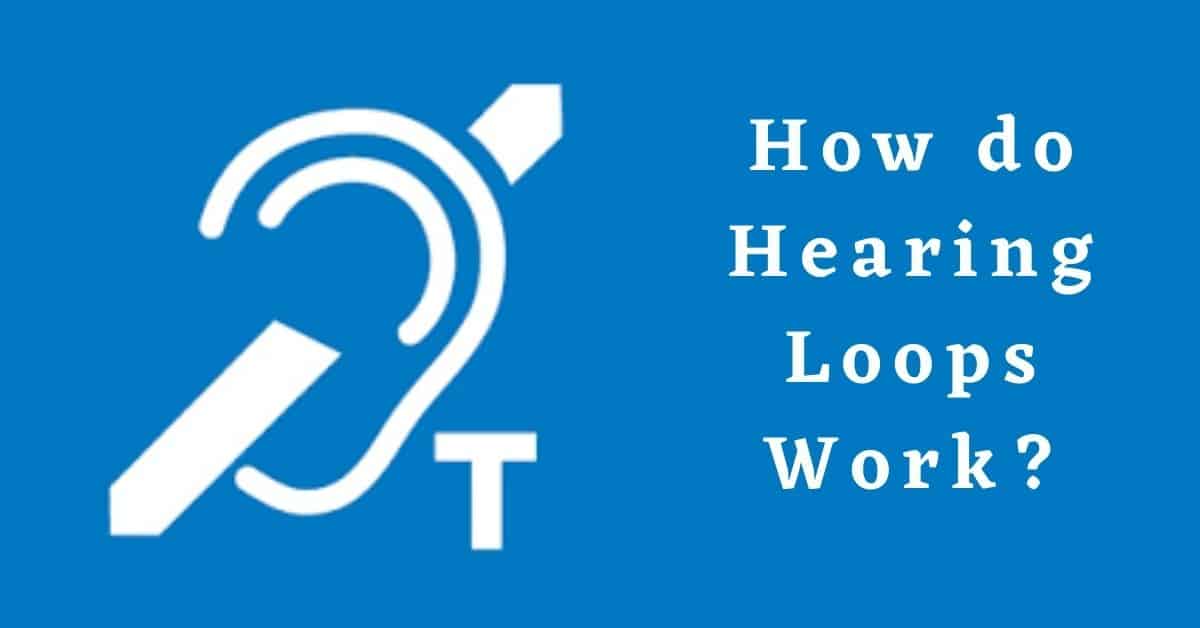Over 40 million people experience hearing loss in the U.S. Continuously increasing, impaired hearing has become a common chronic health condition. Hearing aids is the most utilized treatment option which allows people to effectively manage their hearing loss and protect their hearing health. These devices increase hearing ability and strengthen communication which significantly supports people in their daily life. Hearing aids, similar to most electronic devices, continue to evolve and benefit from advancing technology. There is a range of features and assistive equipment that are designed to enhance user experience and maximize hearing in a variety of environments. Hearing loops are one type of assistive listening systems that provide direct and high-quality sound.
How Hearing Loops Work
Also referred to as an audio induction loop, a hearing loop is a piece of technology that people with hearing aids use to maximize sound quality in specific settings. Hearing loops are designed to provide a magnetic, wireless signal that absorbs and amplifies sound from the environment directly to hearing aids. You may be wondering how this works exactly so let’s explore the mechanics!
Various sources of audio (microphone, speaker, intercom system etc.) feeds audio signals into an amplifier which then creates a current. As the current moves through the cables and wires that line the floor or ceiling of a room, a magnetic field is created. A small telecoil embedded in hearing aids picks up the signal from the magnetic field and converts the signal into sound that meets the listeners specific hearing needs. This feature is activated by turning on the Telecoil setting on one’s hearing aids, typically when you are navigating a public setting where it can be more difficult to hear.
Benefits of Hearing Loops
Hearing loops are a type of assistive listening system that allow people with hearing loss to absorb and process sound more effectively. As the Hearing loss Association of America importantly states: “telecoils provide many people with hearing loss what wheelchair ramps provide people with mobility challenges—access”. This access enables people to inhabit and move through a space with greater ease by providing numerous benefits including the following:
- Usability: hearing loops with telecoil enabled hearing aids (and cochlear implants) are extremely easy to use. All the user has to do is switch to the telecoil setting on their device. This prevents people from having to use headsets with receivers or other pieces of equipment that a venue may provide.
- Quality of Sound: because hearing loops send sound directly to the hearing aid device, there is greater clarity and sharpness. Hearing loops reduce background noise which also makes it easier to hear. Additionally, the sound received is then programmed to meet your hearing needs.
- Compatibility: hearing loops work in a wide range of settings, the venue can be large or small – stadiums, theaters, classrooms, check-out counters, cars etc. Hearing loops can be used and are effective across the many settings you find yourself in. This versatility supports your hearing in environments that may elsewise be more challenging.
- ADA Compliant: the Americans with Disabilities Act (passed in 1990) not only prohibits discrimination on the basis of disability but also requires employers as well as public venues to provide accommodations. The ADA mandates that any public space, “where audible communication is used to provide direction or critical information an assistive listening system is required to be provided for people with hearing loss”. Hearing loops are the most accessible way to meet this requirement as they are compatible with all hearing aids with a telecoil option.
Hearing loops are a discreet and easy way to maximize your hearing. This enables people to participate more fully and communicate more comfortably.
Investing in Hearing Loops
Hearing loops can be incredibly useful in the many settings you find yourself in. Nowadays, the majority of hearing aids come with or offer a telecoil option. When purchasing your hearing aid, it is crucial to ask if a telecoil option is included. You should also make sure that your audiologist programs the telecoil setting for your specific hearing needs. Additionally, it is important that you practice turning on the telecoil setting so you become more and more comfortable doing so wherever you are.

